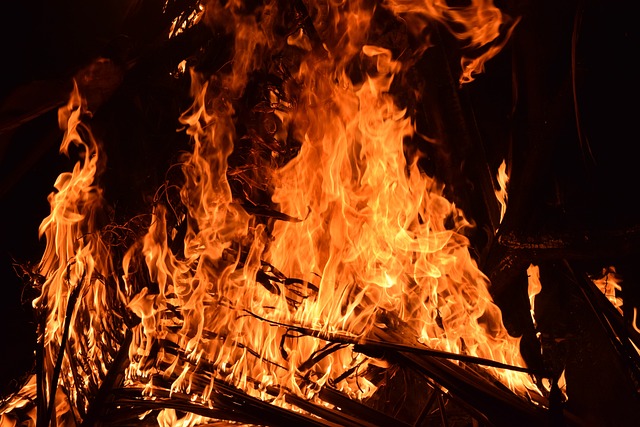Fire Safety Tips
How to Check Your Smoke Alarms
Inspect your smoke alarms regularly. Ensure there’s a working alarm on every floor of your home, inside each bedroom, and near sleeping areas. Test them monthly and replace the entire unit every 10 years or sooner if the battery is low.
You should have both in your home. If you don’t use combination units, learn the distinct sound each device makes. See additional CO safety information for more guidance.
Identify Fire Hazards in Your Home
- Stay attentive when cooking. Never leave the stove or oven on unattended, and keep flammable items like dish towels and wooden utensils away from heat sources.
- Unplug small appliances—such as toasters, toaster ovens, and slow cookers—when not actively using them.
- Place candles at least 12 inches from anything that could catch fire. Extinguish them before leaving the room or going to bed.
- Teach children not to play with matches or lighters. Store these items high up and out of sight to keep them away from young kids.
- Use proper firewood for your fireplace. Burn only dry, seasoned wood, and never burn household trash.
- For more home fire prevention guidance, visit the National Fire Protection Association (NFPA) or the U.S. Fire Administration (USFA).
How to Create and Practice a Fire Escape Plan
- Develop and rehearse a fire escape plan. Include two exits from every room—such as a door and a window—and choose a meeting spot outside at a safe distance from your home.
- Hold a home fire drill at least twice a year. Practice during both daytime and nighttime, aiming to exit the home within two minutes, which may be all the time you have in a real emergency.
- Assign one adult to assist infants and young children, with a backup person designated in case the primary helper is unable to act.
- Teach older children how to follow the escape plan. Make sure they understand to “get low and go” when moving through smoke and know how to open windows, remove screens, and unlock doors if needed. Click here for fie safety course
During an Emergency
If a fire breaks out, leave the home immediately. If smoke is present, crawl low to the ground and evacuate as quickly as possible.
Once you’re safely outside, call 911. Remain at your designated meeting spot until emergency responders confirm it is safe to go back inside.
